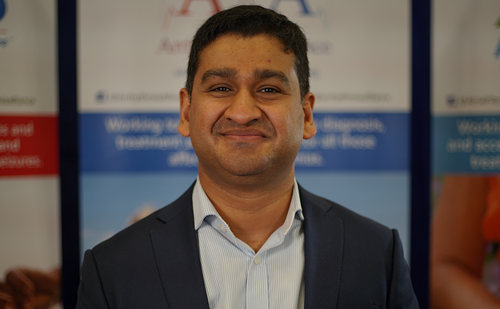Introduction: There are currently no FDA-approved drug therapies for use in the at-home setting for an acute treatment of sustained supraventricular tachycardia (SVT); therefore, vagal manoeuvres (VM) are recommended in some patients with SVT to increase parasympathetic tone to terminate the arrhythmia. However, the efficacy of VM has not been previously well-reported.
Objective/purpose: To determine the effectiveness of pre-trained VMs to resolve SVT episodes outside of a supervised setting.
Methods: Patients with a documented history of SVT were enrolled in a randomized, placebo-controlled trial of etripamil nasal spray (ClinicalTrials.gov identifier: NCT03635996) to assess safety and efficacy of SVT conversion to sinus rhythm. At enrolment, patients were trained to perform a VM and were instructed to do so upon perceiving SVT, after affixing an ambulatory electrocardiographic (ECG) system but prior to using study drug. If VM was unsuccessful for SVT termination, patients self-administered drug. Blinded ECG data were adjudicated by an independent committee. Efficacy endpoints included assessing SVT episodes converted to sinus rhythm by VM. Analyses used descriptive statistics.
Results: One hundred and sixty-nine patients with SVT were enrolled, median age (range) = 61 years (21–90), 62% female. VM were performed for 190 confirmed SVT episodes, leading to termination in 2.6% (5 episodes, n=4 patients) over a median follow-up (range) of 232 days (8–584).
Conclusion: VM alone terminated 2.6% of confirmed SVT episodes. These findings show a low efficacy of VM to acutely terminate SVT episodes.
Implications for practice: This controlled trial provided real-life evidence for the effectiveness of VM after the identification of SVT by patients’ symptoms. By obtaining these insights into patients’ use of VM, we can provide evidence-based patient education of realistic expectations of the low effectiveness of VM to acutely terminate patients’ SVT episodes. Patients struggle with managing their SVT episodes and there is an unmet need for effective, ambulatory, acute treatments. ❑







